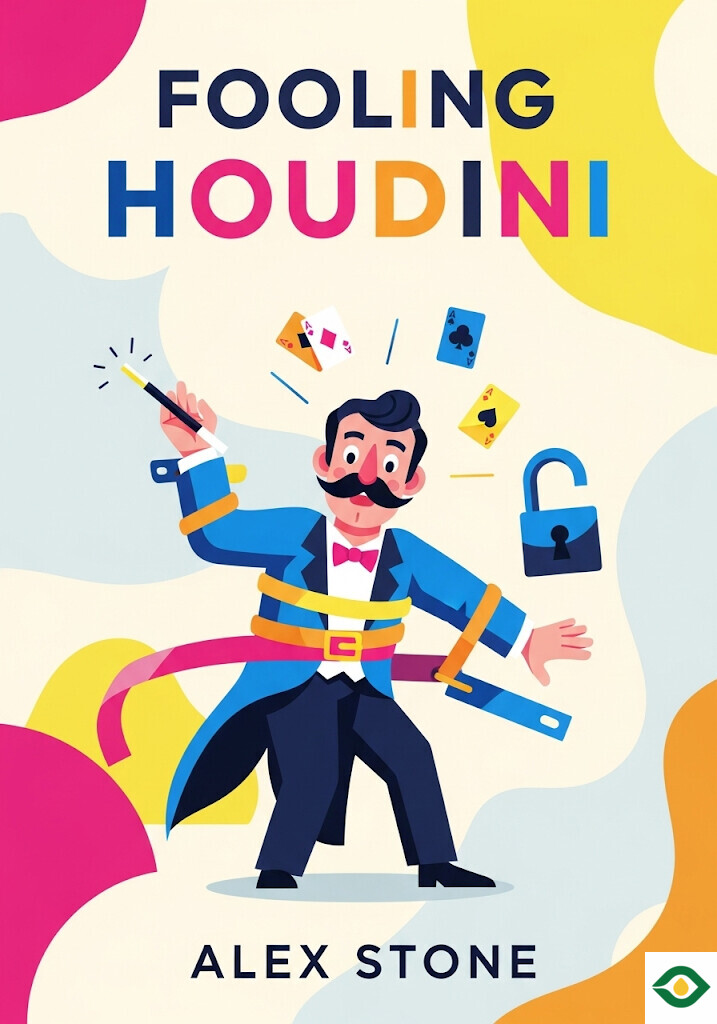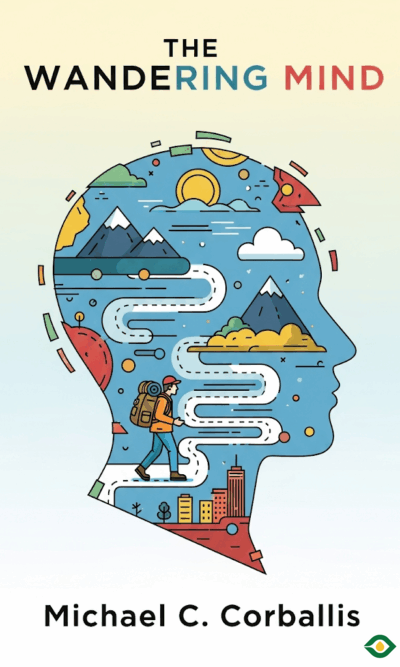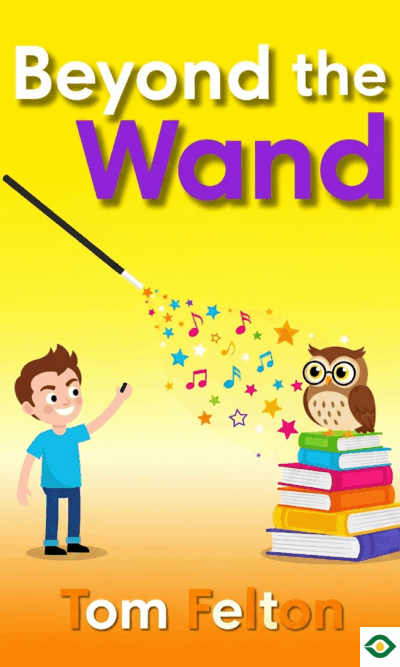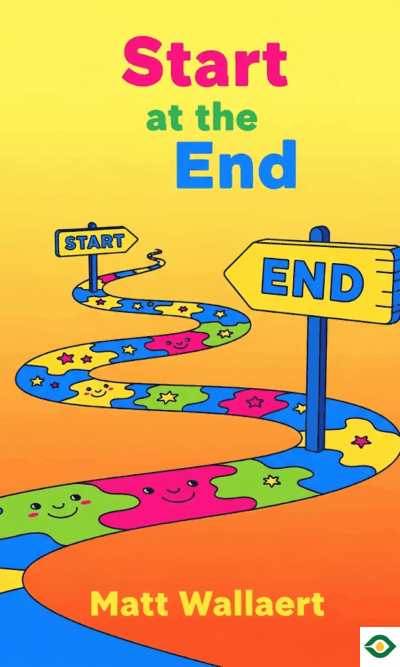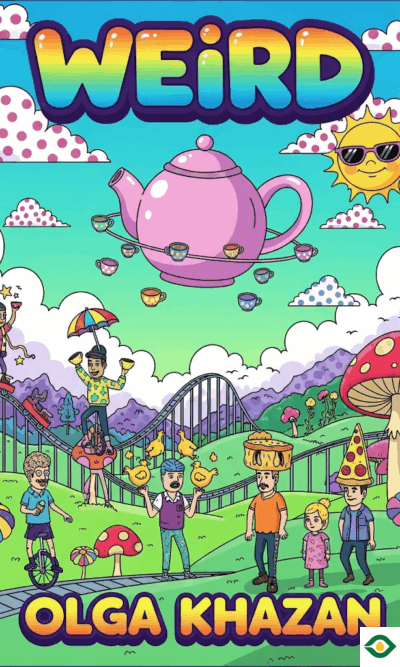Description
Magic has always fascinated people. From childhood birthday parties to grand stage shows, there is something captivating about seeing the impossible happen right before our eyes. But behind the tricks and illusions lies a much deeper story. Magic is not only about entertainment. It is a mirror into how our minds work, how we perceive reality, and how easily we can be fooled. In Fooling Houdini, Alex Stone takes us into this world and shows how magic and science are surprisingly close partners.
Magic and gambling share many roots. Card tricks often began as cheating methods at the table. A magician who can control a deck invisibly is using skills once designed to win money unfairly. Both magicians and gamblers must master secrecy, timing, and psychology. They need to stay one step ahead of others, letting their audience or opponents think they understand—only to surprise them. Finance has a similar link. In all three—finance, gambling, and magic—risk, bluffing, and confidence shape the game. In this sense, magicians are not so different from Wall Street traders or professional poker players.
At its core, magic is not about secrets—it is about deception. Many magicians worry when tricks are revealed, but history shows exposure actually pushes the art forward. When one trick becomes widely known, magicians invent new methods. This cycle of exposure and reinvention keeps magic alive. Even Houdini, who once claimed he could not be fooled more than three times by the same trick, was stumped seven times in a row by Dai Vernon’s famous card routine. Today, that routine can be learned easily, but its lesson remains: the real power of magic lies in presentation and misdirection, not hidden props.
Touch is another secret weapon of magicians. Sleight-of-hand often depends on an extraordinary sense of touch, called touch sensitivity. Skilled magicians can feel subtle differences in cards or coins with their fingertips. The blind, who often develop heightened touch sensitivity, have been known to excel in magic. Scientists have shown that when blind people read braille, even their visual cortex—the part of the brain used for seeing—activates. This shows how deeply touch can substitute for vision. Magicians train their hands like musicians train with instruments. Over time, their fingers learn to “see” without eyes, arranging cards smoothly in ways an audience would never notice.
Magic also depends on blindness of another kind—blindness of attention. Our brains can only focus on so much at once, and magicians exploit this. A famous experiment illustrates this clearly: when people were told to count basketball passes in a video, most completely missed a man in a gorilla suit walking through the scene. This is called inattentional blindness. Magicians rely on it constantly. They direct your attention one way while the real move happens somewhere else. Similarly, change blindness makes us miss obvious differences, like a movie mistake where an object changes between shots. Children, however, are harder to trick because their attention is less focused. They notice things adults have learned to filter out.
The emotions magic stirs can range from laughter to fear. Mentalism, which includes fortune telling and cold readings, often unsettles people. A skilled performer can guess details about a person by making broad statements, fishing for clues, or even researching in advance. This relies on the Barnum effect, where people believe vague descriptions are uniquely about them. Houdini himself used information gathered from cemeteries to convince audiences he could contact the dead. Yet even the most chilling trick is still performance. Great magicians know that presentation is as important as method. Comedy, surprise, and story all give magic its real power. In fact, the phrase “hocus-pocus” itself began as satire of religious rituals, later turned into a magical chant to entertain crowds.
Science and magic are far closer than many assume. Science seems like the opposite of superstition, but historically, the line has always been blurry. Isaac Newton studied alchemy, and early chemists pursued mystical goals. Magic uses scientific principles all the time. Mathematics, physics, and psychology all provide tools for tricks. One fascinating example is the De Bruijn sequence, a mathematical pattern that allows magicians to deduce hidden cards in a way that feels impossible to an audience. Logic may be the method, but illusion is the experience.
Magicians have even contributed directly to science. The French magician Robert-Houdin, for instance, helped develop early experiments with electricity. Many scientists, from Leonardo da Vinci onward, have shared magicians’ love of puzzles and play. Science advances when curiosity meets imagination, and magic thrives on the same spirit. Both fields experiment, test limits, and challenge assumptions. Magic shows us that the boundary between fact and illusion is often thin, and our brains themselves are the stage where the performance happens.
In the end, magic is more than tricks. It is a study of human attention, emotion, and perception. It shows us how easy it is to miss what is right in front of us, and how our senses can be fooled. It reveals the importance of storytelling, laughter, and wonder in shaping how we see the world. It connects to gambling, finance, science, and even history in surprising ways.
Above all, magic reminds us of something essential: the world is not only about logic and facts. It is also about mystery, imagination, and play. Whether it is a card rising to the top of a deck, a watch vanishing from a wrist, or a fortune teller revealing a secret thought, magic opens a door into the strangeness of human experience. Fooling Houdini shows us that in both magic and science, the true wonder lies not just in the trick, but in the way it makes us see differently.

